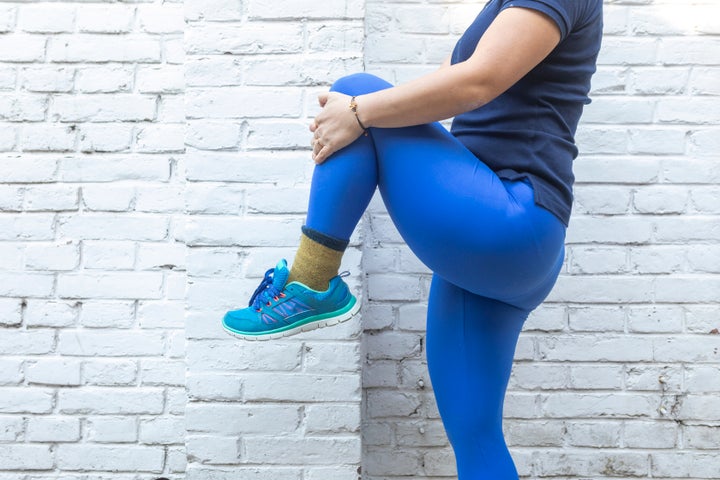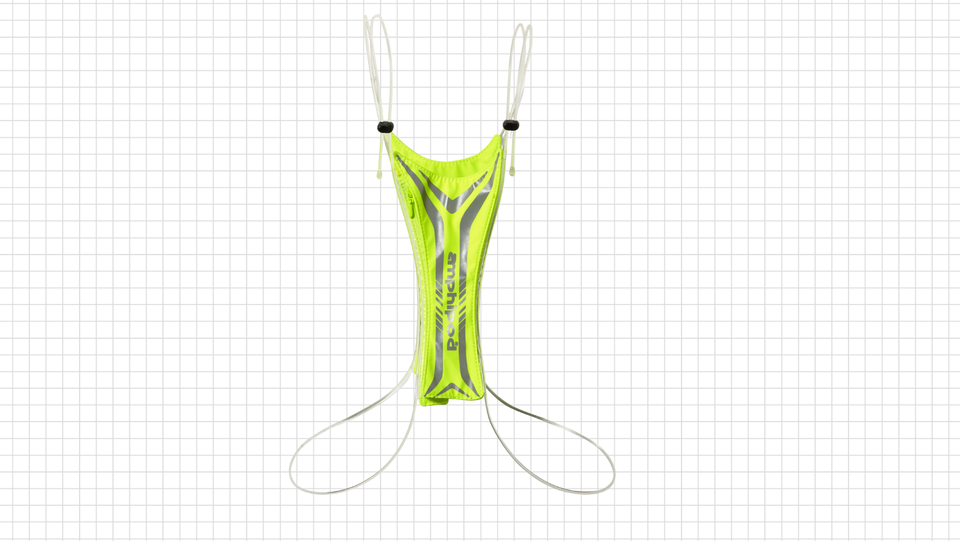
Some days, just putting on your spandex can be a hurdle, let alone working out. And if you’re pressed for time or have a million other things to tick off that to-do list, you might wrap up your jog, cycle or strength training session and immediately hit the shower. But stretching is a crucial part of a healthy workout routine and skipping out on it could have consequences past feeling a little stiff the next day.
“Flexibility is important because it allows the muscles and joints to move through a full range of motion,” said Tim Waanders, a physical therapist at Finish Line Physical Therapy in New York. “If your flexibility is limited, it can place stress on other structures or muscle groups that aren’t able to handle an increased load.”
Here’s what happens both short term and long term if you consistently shrug off stretching. Plus, experts share how to properly stretch and how long a post-workout stretch should really be.
Your posture may get slouchy
When it comes to our posture, many of us are working at a deficit to start because we sit for large parts of the day.
“If you find yourself sitting all day, the muscles in the front of your chest and your upper body can get really tight,” said Maura Iversen, spokesperson for the American Physical Therapy Association and professor of public health and physical therapy and human movement science at Sacred Heart University in Fairfield, Connecticut.
Combine being sedentary most of the day with not stretching after a workout, and over time, that poor posture can cause serious discomfort.
“Eventually a person will develop muscular imbalances, and this will increase pain because certain muscles are shortened, which then puts the neurological system in overdrive,” Waanders said.
It’s easier to get injured
That’s because when you don’t stretch, your muscles are no longer at what physical therapists refer to as an optimal length-tension relationship. This is essentially a muscle having the correct amount of tension for its length. When this is out of whack, other muscles must carry weight they may not be designed to do.
“This is usually what leads to injury,” Waanders said. “The most common injuries are tendonitis and/or muscle strains depending on which muscles are carrying excessive loads compared to what muscles should be taking on the load. Long term this can cause arthritis because the joints aren’t moving the way they should be due to limited flexibility.”
You won’t perform at your best in your workouts
Yes, factoring in extra minutes to stretch at the end of a workout might seem like a waste of time, but it’s prepping your body for your next sweat session.
Think about how you train: The more you do a certain exercise, the longer and harder you can push. Stretching is an important part of that stamina equation, take it out and you may notice a dip in your effort.
“Poor mobility can decrease your athletic performance and coordination, making it a lot harder for you to do different exercises,” Waanders said. “If you’re a cyclist or a runner, it becomes difficult for you to do those things [without stretching] because eventually you can’t move the way that you’re supposed to.”
Your body craves stretching as it ages
“In general, muscles and joints weaken as we age,” Iversen said. “This can cause a concurrent reduction in range of motion, and stretching can help combat that.”
Older adults may also sit longer than they did in younger years, Waanders added, which goes back to starting off with stiff muscles before you’ve even laced up your sneakers.
“This leads to a vicious cycle of immobility,” he said. “When it’s harder for people to move, then they’ll be less likely to exercise. That causes more immobility and the cycle continues.”
Stretching after any kind of movement, no matter how vigorous or light it is, will counteract stiff muscles that come with sitting, helping to keep you active as you age.

How to properly stretch
When it comes to stretching post-workout, you’ll want to focus on static stretches ― ones where you hold the move, such as a calf, quad or hamstring stretch or a cross-body shoulder stretch.
“The rule of thumb is 30 seconds per stretch, and not to hold anything longer than 90 seconds,” Iversen said.
Dynamic stretches, moves like walking lunges, or squats are better pre-workout because they help the body warm up, while static stretches tend to help the body cool down from an activity.
If you want extra credit in the stretching department, Iversen said, a nice complement is foam rolling. This is a self-myofascial release stretching technique (in other words, a self-massage), where you use a foam roller to apply pressure to certain muscle areas or joints. A recent meta-analysis published in the Journal of Sports Science & Medicine found that foam rolling followed by static stretching can increase athletic performance.
Even on your recovery days, Waanders recommended dedicating at least five minutes or 10 minutes to stretching.
“Mobility and flexibility exercises need to be done every day to see lasting change and progress,” Waanders said. “If you only stretch twice a week, you may prevent injury in the moment but you’re not going to see the desired effects that stretching can provide you with long term to help keep you moving at a maximum performance level.”
